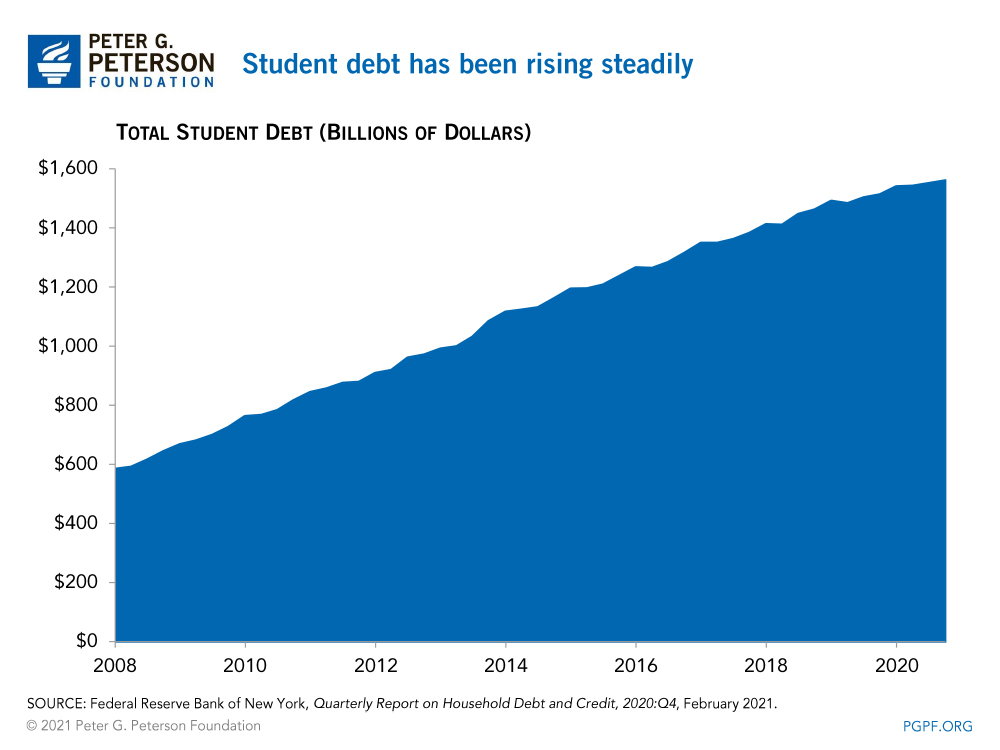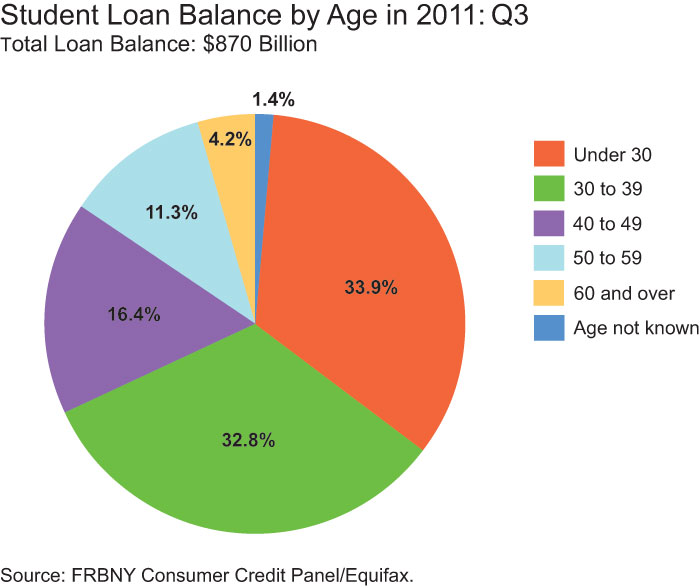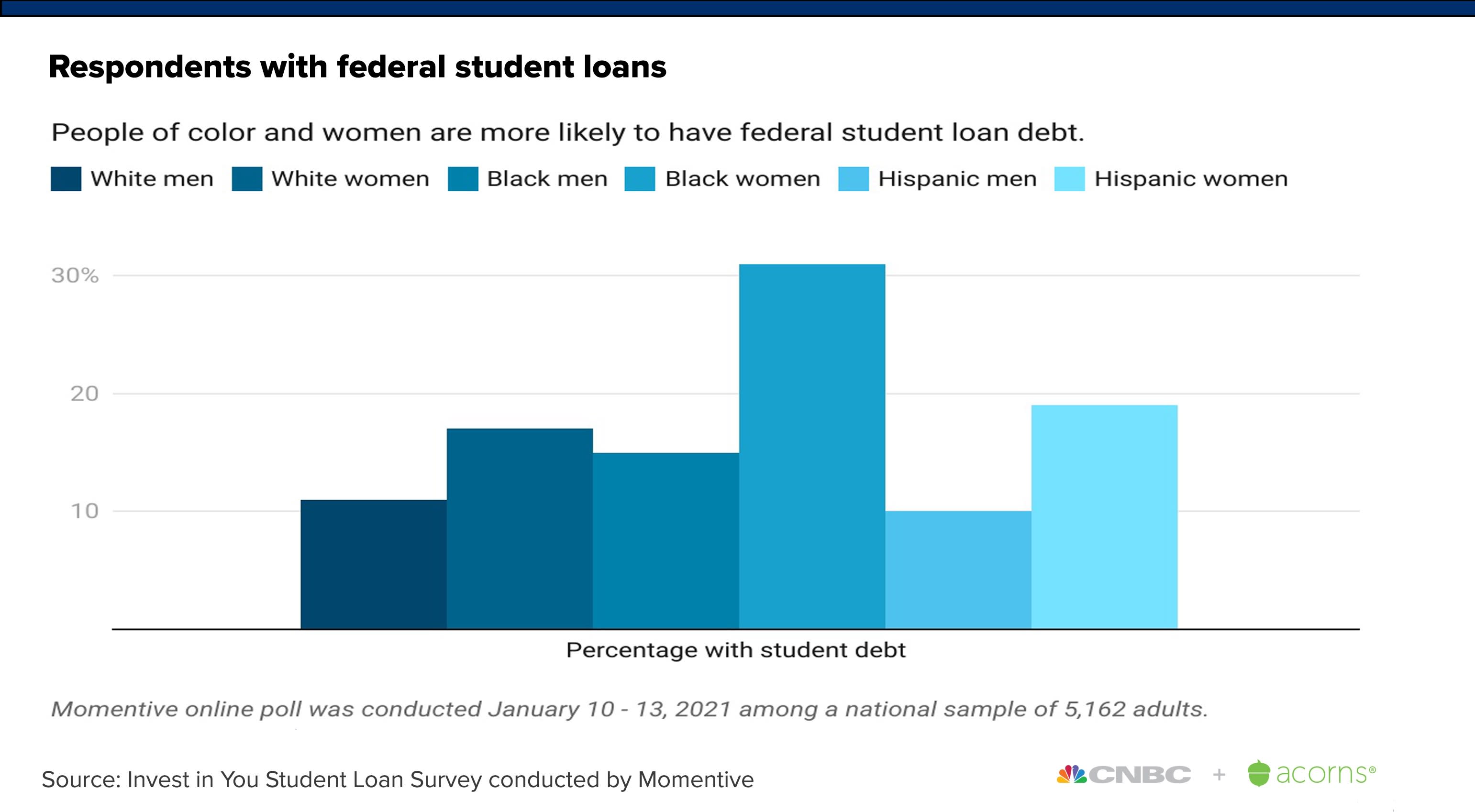
Source: whattobecome.com
1. Average student loan debt in the US is $32,731
In the US, the average student loan debt per borrower is $32,731 according to the Federal Reserve. This debt has been increasing over the past few years due to rising tuition fees. For many students, borrowing money to pay for higher education is unavoidable. However, it can lead to financial stress and affect employment opportunities. It is important to carefully consider the cost of education and options for repayment before taking on student loans. [1][2]

2. Private student loan debt grew faster than federal debt
Private student loan debt has fluctuated over time, unlike federal student debt, which has consistently increased. Private loan debt was up 15% from the end of 2021, the highest year-over-year growth since 2009. Pandemic-related economic downturns may have kept people from paying private lenders, causing debt to accumulate. In contrast, federal student debt has grown by 211% in the past 15 years, reaching over $1.6 trillion in 2022. [3][4]

3. Half of student borrowers still owe outstanding loan balances after 20 years
Half of student borrowers still owe outstanding loan balances after 20 years, according to a Federal Reserve report. This means many borrowers may continue to struggle financially well into adulthood, as loan payments eat into their income and limit opportunities to build wealth. Despite various efforts to address the issue, including income-driven repayment plans and loan forgiveness programs, the weight of student loan debt remains a significant burden on millions of Americans. [5][6]

4. Average student loan debt increased by 2.7% since Spring 2021
According to recent data, the average student loan debt has increased by 2.7% since Spring 2021. This increase is relatively low compared to the 5% to 7% annual increases seen in previous years. Despite the ongoing pause on student loan repayments and interest, the overall debt balance continues to grow. However, the number of student loan accounts barely grew, likely due to decreasing enrollments during the pandemic. The average student loan balance is also up slightly, reflecting a similar change to total balances. [7][8]
5. Alaska saw the greatest increase in average federal student loan debt per borrower
Alaska has seen an increase in average federal student loan debt per borrower. Between 2017 and 2021, the average amount borrowed increased from $26,646 to $33,958, which represents a rise of 27%. Among the different states, Alaska has the largest increase in the average amount of federal student loans taken out per borrower, according to a report by the Institute for College Access and Success. [9][10]

6. The average student loan debt has tripled since 2007
The average federal student loan debt in the US has tripled since 2007, reaching $37,574 by the end of 2022. The total federal student loan debt balance was over $1.63 trillion, and the total student debt balance, including federal and private loans, exceeded $1.76 trillion. Women carry more student debt than men, Black borrowers have higher student debt levels than those of other races, and people who attended for-profit colleges have higher student debt levels than those who attended public and nonprofit schools. [11][12]

7. Those aged between 50 to 61 have the highest average student loan debt at $45,139
According to factual data, those aged between 50 to 61 have the highest average student loan debt at $45,139. This age group is followed closely by 35- to 49-year-olds who also carry a significant amount of student loan debt. The difference in student loan debt among age cohorts can be influenced by tuition rates, interest rates, and whether older cohorts took on additional debt by co-signing or borrowing on behalf of a family member. Understanding these age-related trends can help individuals plan and manage their student loan debt better. [13][14]

8. Average federal student loan debt among Black and African American borrowers is $27,260
Among Black and African American borrowers in the United States, the average federal student loan debt is $27,260. This is significantly higher compared to White and Hispanic borrowers, who owe an average of $18,685 and $15,853, respectively. These statistics reflect the impact of socioeconomic factors on student loan debt and repayment. It is crucial to acknowledge and address these disparities to promote equal access to education and alleviate financial burdens on disadvantaged communities. [15][16]
9. Student loan debt for borrowers 60 and over has increased by 1256% since 2004
Student loan debt for borrowers aged 60 and over has increased by 1256% since 2004, with older Americans owing hundreds of billions for themselves and their children. The crisis has been hard on older households, with 9.6% of families headed by someone 50-plus carrying student loan debt in 2016, owing an average of $33,053. This can be a particularly difficult problem for retirees, with the average Social Security retirement benefit being $1,543 per month and student loan debt not dischargeable in bankruptcy. The federal government has put all owned student loans in forbearance through 60 days after June 30, 2023, and efforts are being made to offer student loan repayment assistance as a benefit. [17][18]

10. New Hampshire, South Dakota, and West Virginia have the highest percentage of students with loan debt
New Hampshire, South Dakota, and West Virginia have the highest percentage of students with loan debt. In these states, more than 70% of students graduate with some form of loan debt. New Hampshire tops the list, with a whopping 74% of graduates owing money on their loans. South Dakota and West Virginia follow close behind with 72% and 71%, respectively. These numbers highlight the challenges faced by students from these states as they enter the workforce and seek to repay their loans. [19][20]